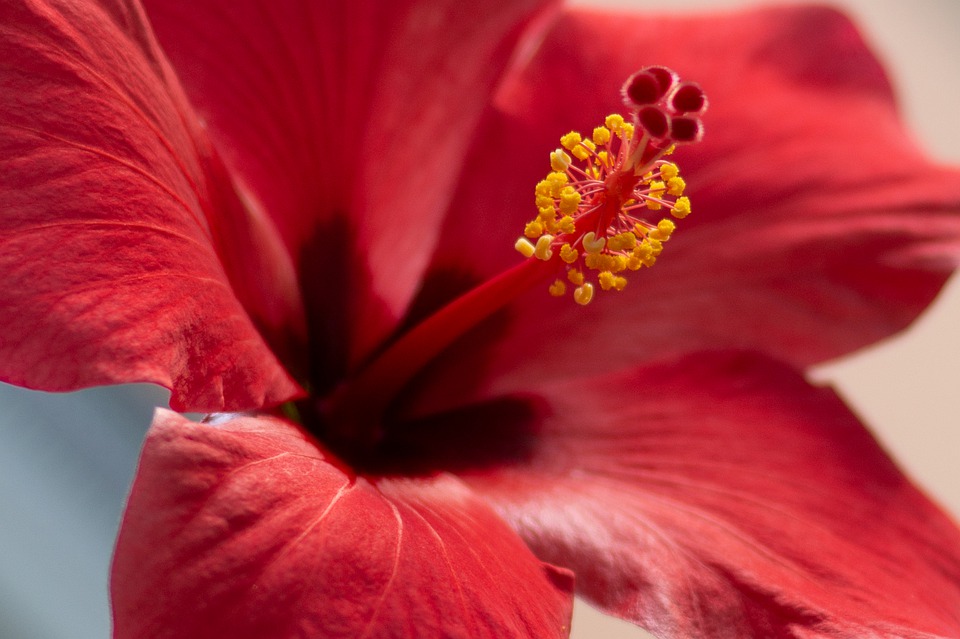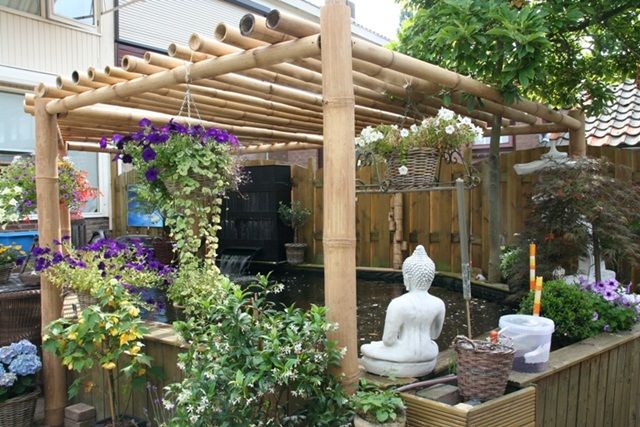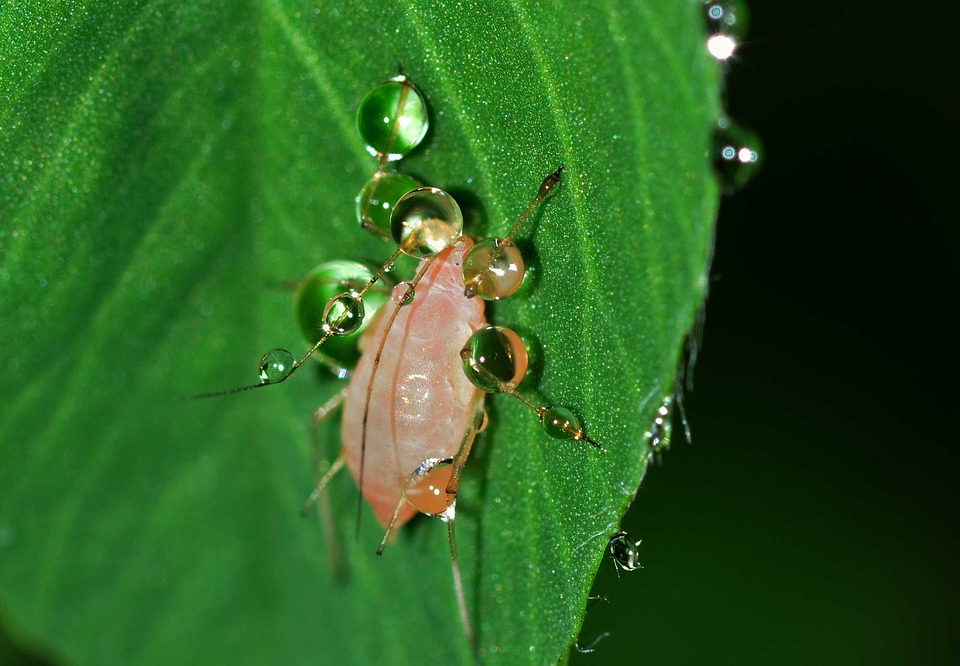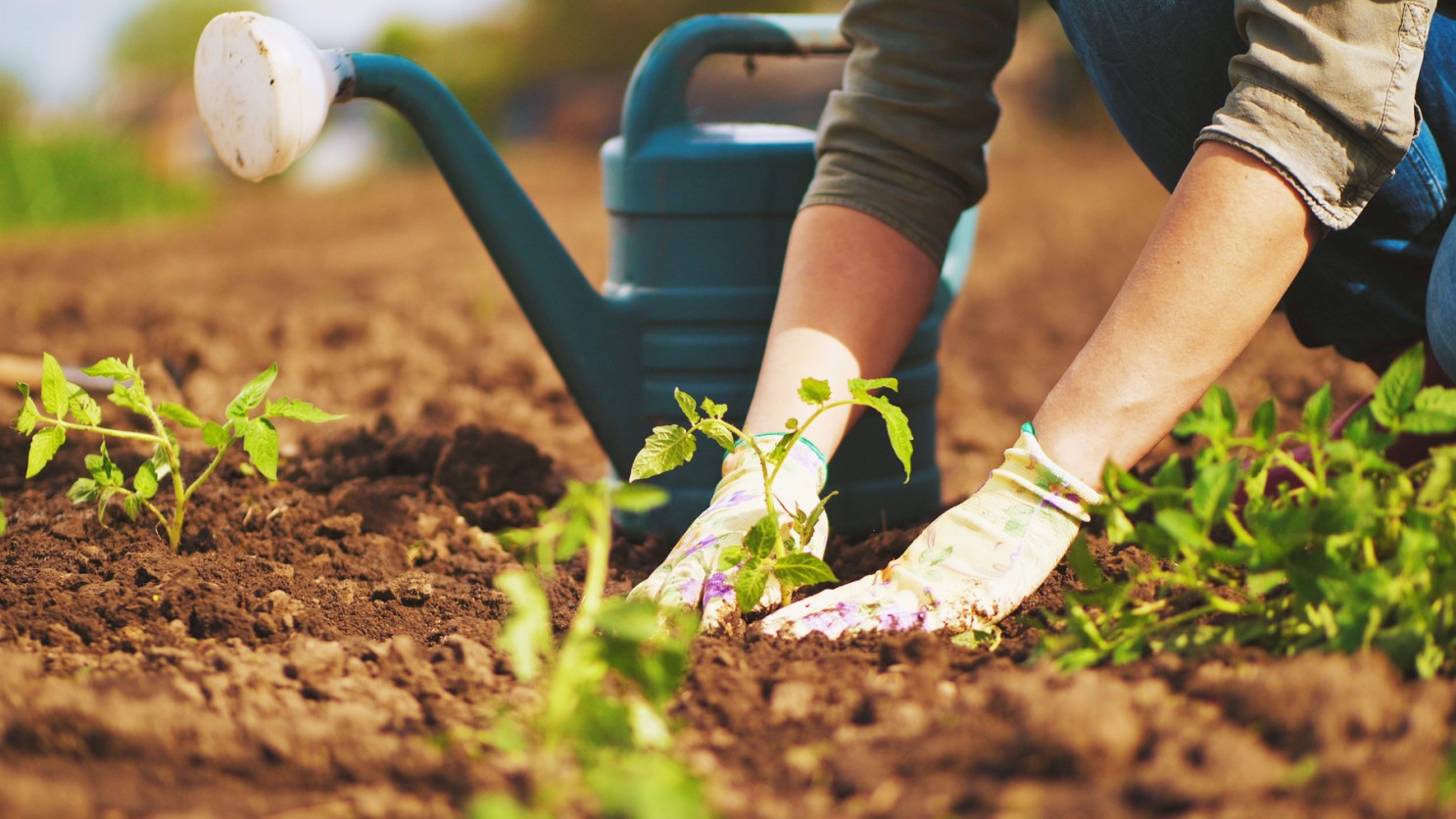Would you like to give your garden a tropical feel? If so, you might want to consider planting hibiscus. Nothing says “tropical” like the majestic hibiscus flower. With its large, brightly colored flowers, the hibiscus is sure to be an eye-catcher and will make your landscape look spectacular.
Regardless of color or size, a hardy hibiscus flower usually has burgundy or redhead. They may also have stripes of different colors to the edge of the flower. Another common feature of the hibiscus is the stamens, which are covered with pollen in the center. Here are some tips on how to grow the hardy hibiscus!
Seeds
Whether indoors or outdoors, be sure to soak the seeds overnight before planting.
If you are planting indoors, start soaking as soon as the last frost date arrives so that you can expose them to outdoor conditions such as sunlight and wind on a sunny day. Place the soaked seeds about half an inch deep into the soil. Put them outside for about 30 minutes on the first day, and then increase the time outdoors by about an hour a day for another five days before planting in the garden.
Spot Selection and Preparation
Hardy hibiscus thrives in well-drained, moderately moist soil. The soil should not be too heavy, but it will not do well in sandy, dry, or poorly drained soil. If the soil in your garden is sandy or poorly drained, mix in a few inches of organic compost before planting the flowers.
In cold climates, the hardy hibiscus will do best when planted near a south-facing wall, where it will receive full sun and be protected from the wind. In warmer climates, a location that receives about 6 hours of sun per day is ideal, but be careful not to place the plant in too much shade, or the stems will grow long, and the flowers may not bloom vigorously or at all.
Watering
During the growing season, hardy hibiscus needs to be watered daily. Be careful not to over-water, as this can cause root rot. Smaller plants with fewer leaves need to be watered less frequently than larger plants with more leaves.

Nutrient Requirements
Hibiscus plants need many nutrients to grow. To ensure that the plant gets the nutrients it needs, applying a water-soluble or slow-release fertilizer is advisable. However, too much fertilizer can cause an imbalance that can seriously damage or kill the plant, so be careful to maintain a good balance of nutrients.
Pruning
Winter hibiscus is a herbaceous perennial, it will die to the ground in winter. Therefore, prune them to the ground in the fall, even if the branches still look healthy.
Care In Cold Climates
If you live in an area where the temperature drops below freezing in winter, you need to protect your hardy hibiscus so that it can survive.
To do this, apply about three to four inches of fresh mulch after pruning the flowers to protect the roots from the cold. You can also use wood chips, leaves, or straw to protect the roots from the cold. The hardy hibiscus will sprout again in the spring if adequately protected. The first signs of new growth usually appear in May or June (depending on the climate in your area).

Pests and Diseases
The hardy hibiscus can have problems with pests and diseases. Pests, deer like to nibble on these plants. To keep them away, put up a fence around the hardy hibiscus. Another problem is that aphids eat the leaves, stems, and flowers. Apply insecticidal soap to infected plants once a week.
Hardy hibiscus can be affected by fungal infections such as rust, leaf spot, and botrytis disease. To prevent disease, avoid wetting the leaves when watering.
Let us know if you were successful in growing your hardy hibiscus in the comments below!





